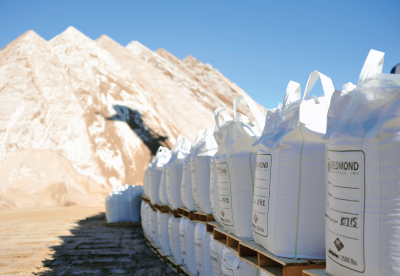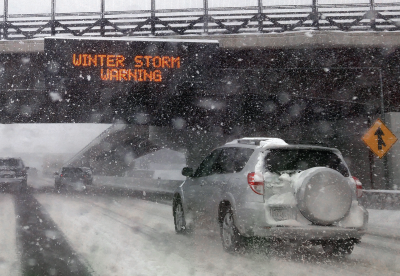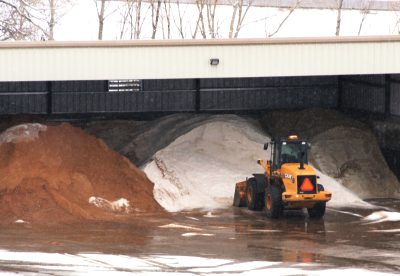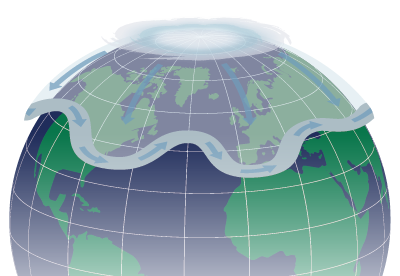Date October 27, 2022 | Brooke Loeffler
What is Eutectic Temperature?
First...Solutions
To begin with, we first need to understand how chemical solutions work. A solution is a homogenous mixture of a solute (substance being dissolved) and a solvent (the substance in which a solute dissolves). For example: salt (solute) + water (solvent) = salt water (solution)

A solvent has a limit to how much solute it can hold. When a solution is “saturated” it cannot hold any more solute on its own. If you continue to add more solute, it would not dissolve but instead fall out of the solution and collect on the bottom.
*Side note...you can trick a solution into holding more solute by heating it and making a “supersaturated” solution. Heat creates movement and space between the molecules that allows it to hold more solvent. But as soon as the solution begins to cool, the extra solute will crystallize and fall out of solution again.
What Is Eutectic Temperature?
Simply put, eutectic temperature is the lowest temperature a solution can possibly achieve. Solute molecules interfere with the solvent’s ability to freeze, and they lower its freezing point. This is why salt water freezes at a lower temperature than freshwater.
As you add more and more salt to the water, the freeze point gets lower and lower. However, as we learned earlier, there is a limit to how much you can dissolve in a solution. The lowering temperature will eventually bottom out and not go any lower because the solution is now saturated and can’t hold anymore in its current state. This lowest point is where you find a substance’s eutectic temperature.
Phase Diagrams
Scientists use a chart called a phase diagram to show this curve of lowering temperatures. These diagrams show how adding more solute interferes with the solution’s ability to change phases from a liquid into a solid and freeze. Since we know that salt lowers the freezing point of water, let’s take a look at a phase diagram showing the eutectic temperatures of different chloride salts found in ice melt products.

As you can see, by increasing the amount of each chloride salt in a solution, you can lower its freezing point to a certain extent. Once each solution hits its eutectic temperature, it cannot go any lower. At this point, the solution becomes saturated and the chloride salts begin to fall out of solution and can begin to refreeze very quickly (as illustrated by the jumping dotted lines after the eutectic point in the chart above). However, when it comes to ice melt products, eutectic temperatures only tell half the story.
Take Eutectic Points With “A Grain of Salt”
These phase diagrams are created in pristine laboratory conditions. That means eutectic temperatures can only be reached under absolutely perfect circumstances. So even when a deicing product can claim low eutectic temperatures, it doesn’t mean it will work well at that temperature in practical, real world conditions.
Eutectic vs. Practical Temperatures
Because we don’t live or drive in a laboratory, the practical performance of a deicer at different temperatures will always differ from its eutectic temperature. There are many chemical and physical factors that can interfere with a mixture’s ability to hit its eutectic point.

These factors include:
- Dilution: Higher levels of snow/ice/water on the road will dilute a deicer solution
- Pavement and ambient temperature disparity: Sometimes paved surface temperatures are colder than the ambient air (like in freezing rain conditions)
- Rate of Precipitation: continual snowfall will further dilute deicer that has already been applied
- Substances on the paved surface: oil residues and other particulate matter on the paved surface will alter a deicer’s performance compared to clean lab conditions
As you can see, there is much more to deicer performance than eutectic temperature alone.
Artificially Inflated Performance
Some ice melt manufacturers get “tunnel vision” when it comes to eutectic temperatures. They see that calcium chloride and magnesium chloride have extremely low eutectic points (-28° F and -60° F respectively). Then, in a desire to boost their ice melt’s credentials, they will coat their rock salt granules with liquid calcium chloride and magnesium chloride additives. Unfortunately, those pretreated liquid additives can leach off very quickly, reducing the value and increasing costs.
All Around Performance With Ice Slicer®
Ice Slicer® is an all natural, high performance deicer containing a balance of sodium, potassium, magnesium, and calcium chloride salts.

And unlike liquid coated white salt, Ice Slicer’s chloride salts are evenly and naturally distributed throughout every granule. In fact, in order to match Ice Slicer’s performance, a single ton of white road salt would need to add over 9 gallons of liquid calcium chloride and more than 4 gallons of liquid magnesium chloride. The road surface experts at Envirotech Services and the Strategic Highway Research Program have found that Ice Slicer® simply outperforms white salt in every way by brining faster, lasting longer, and delaying refreeze cycles.
© 2024 Redmond Minerals Inc.






